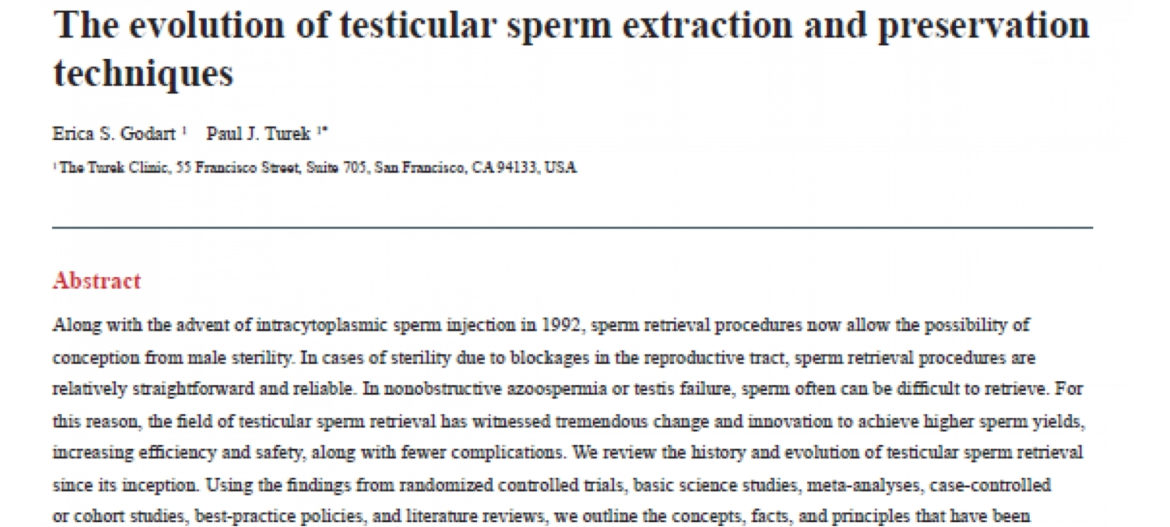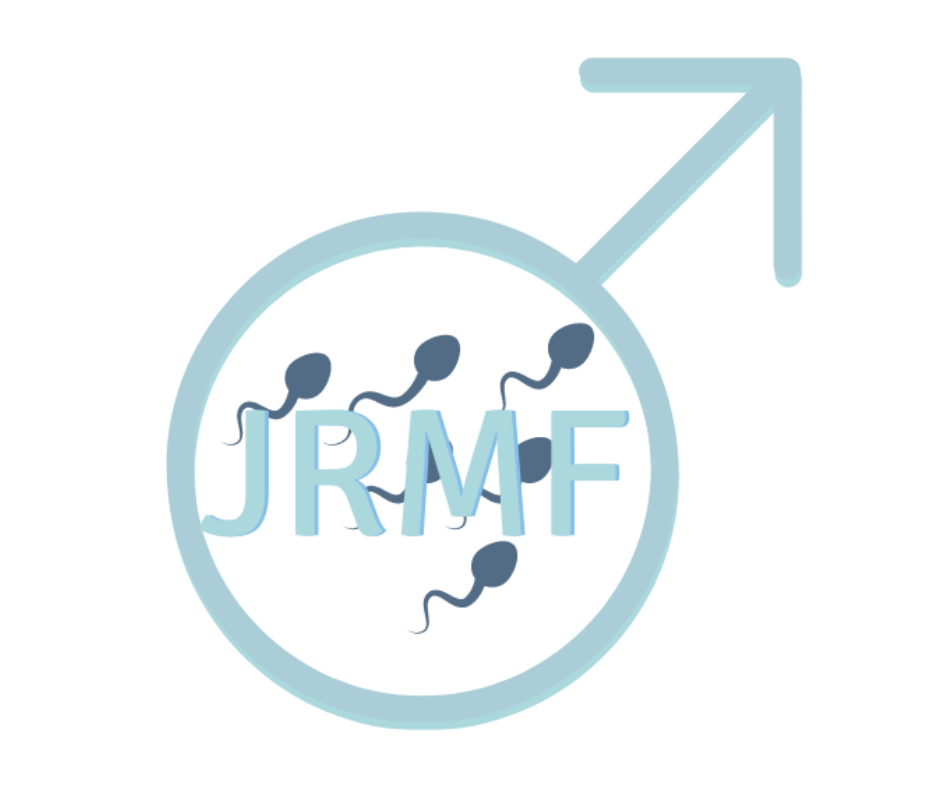I wanted to share with you my thoughts on this excellent review co-authored by my friend and colleague Paul Turek.
In the spring of 2015, I spent a week at The Turek Clinic to learn first hand the technique of “Testicular Mapping”. I was accompanied by Dr. Sheeba Jarvis, who has since contributed to our clinical experience of the procedure, and it’s potential benefits, with the paper about FNA following other more invasive, failed sperm retrievals (Ref 22 - see link to report further below)
My interest in refining techniques for sperm retrieval in men with non obstructive azoospermia started in 2001, at The ACU at Chelsea and Westminster. Despite the received wisdom at that time, that all surgically retrieved sperm which had been frozen was as effective as freshly retrieved sperm, our results suggested that this might not be the case. Together with my colleagues, including James Nicopoullos, we published a meta analysis on this topic in 2004.(Ref 8) This suggested that testicular sperm was overall less effective, with a higher miscarriage rate, and a slightly reduced live birth rate.
As Paul Turek points out, it is very difficult to prove this even with meta-analyses, because of the many variations, not only in the patient populations but perhaps most importantly in the way in which the testicular tissue is treated in the laboratory, and then how the sperm are treated either before injection, or when they are cryopreserved.
But we do know two important things about thawed (previously frozen) testicular sperm.
First, that they are significantly less mobile, and might loose motility altogether, so that the Embryologists are at a loss to know which to use.
Second that freezing and thawing may damage the sperm DNA ( DNA fragmentation)
So I developed the view that we should try to use surgically retrieved sperm, from these critical NOA cases, fresh, wherever possible.
But to do this you have to be sure that the sperm is there before you plan a complex synchronous Sperm Retrieval on the same day as the egg collection. Hence the need for the mapping procedure first.
Separately, at that time having done more than 200 Testicular Sperm Retrievals, I realised that the worst outcome was to find no Sperm, and to damage the testicle, and even with many Microtese cases over the next 10 years, I found that the incidence of low testosterone (hypogonadism) post operatively still occurred however carefully we operated.
As Paul mentions in this article, some of the most difficult cases are those in which all the tubules look the same using the operating microscope, this is called maturation arrest, and because one searches so hard and extensively for so long, the incidence of testicular damage rises.... and still no Sperm!
So as many might know, I favour the FNA, for all the reasons described in this excellent publication. As with so much in fertility treatment, there remains healthy debate and the finely balanced data mean that one should never be dogmatic!
In the meantime, we will strive to find Sperm, and to treat, and to select them in more sophisticated ways.
We have a long way to go before we really improve the outcomes for men with NOA, But, together with Embryologists Scientists and our colleagues In gynaecology we are "on the case"
Take care,
Jonathan


